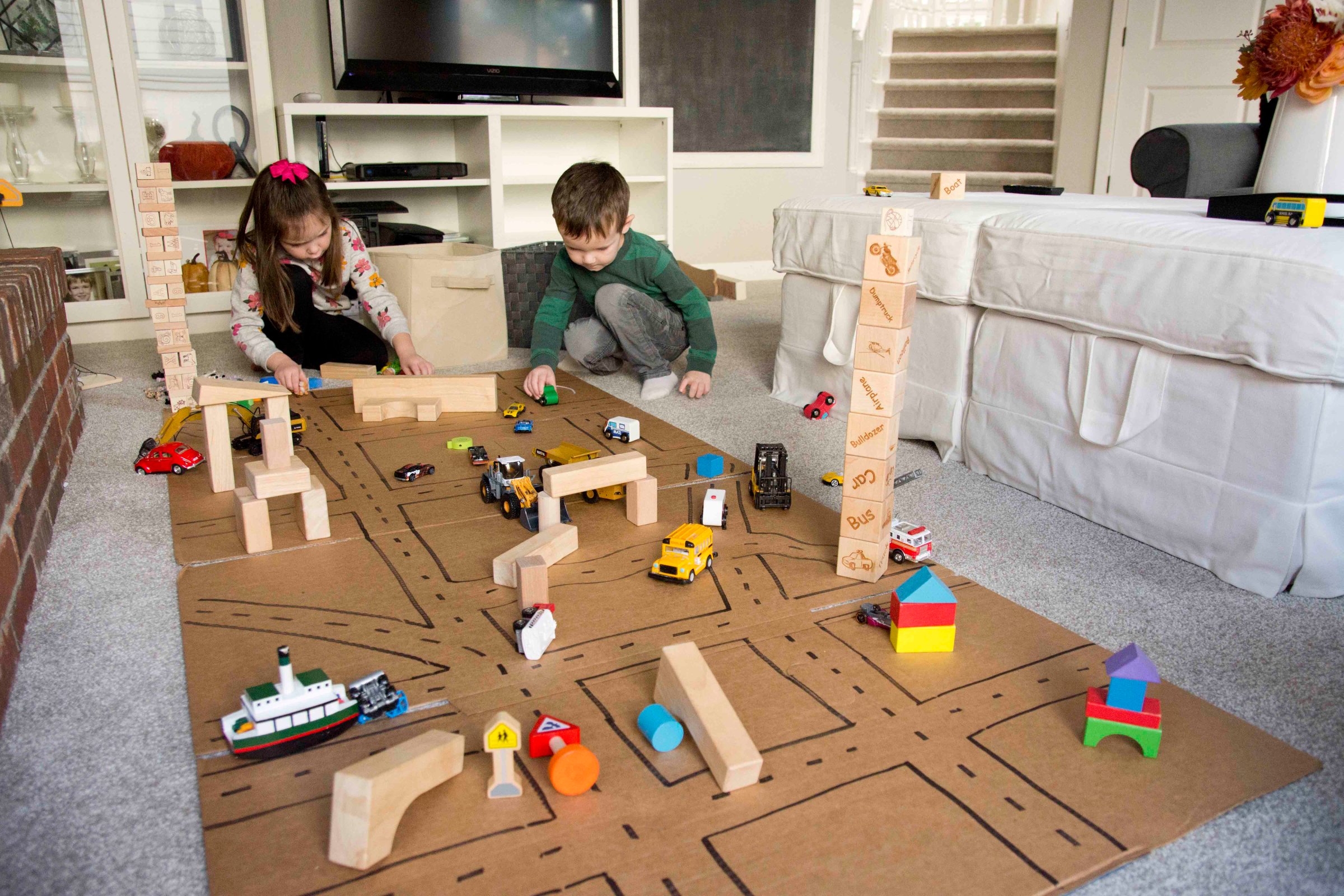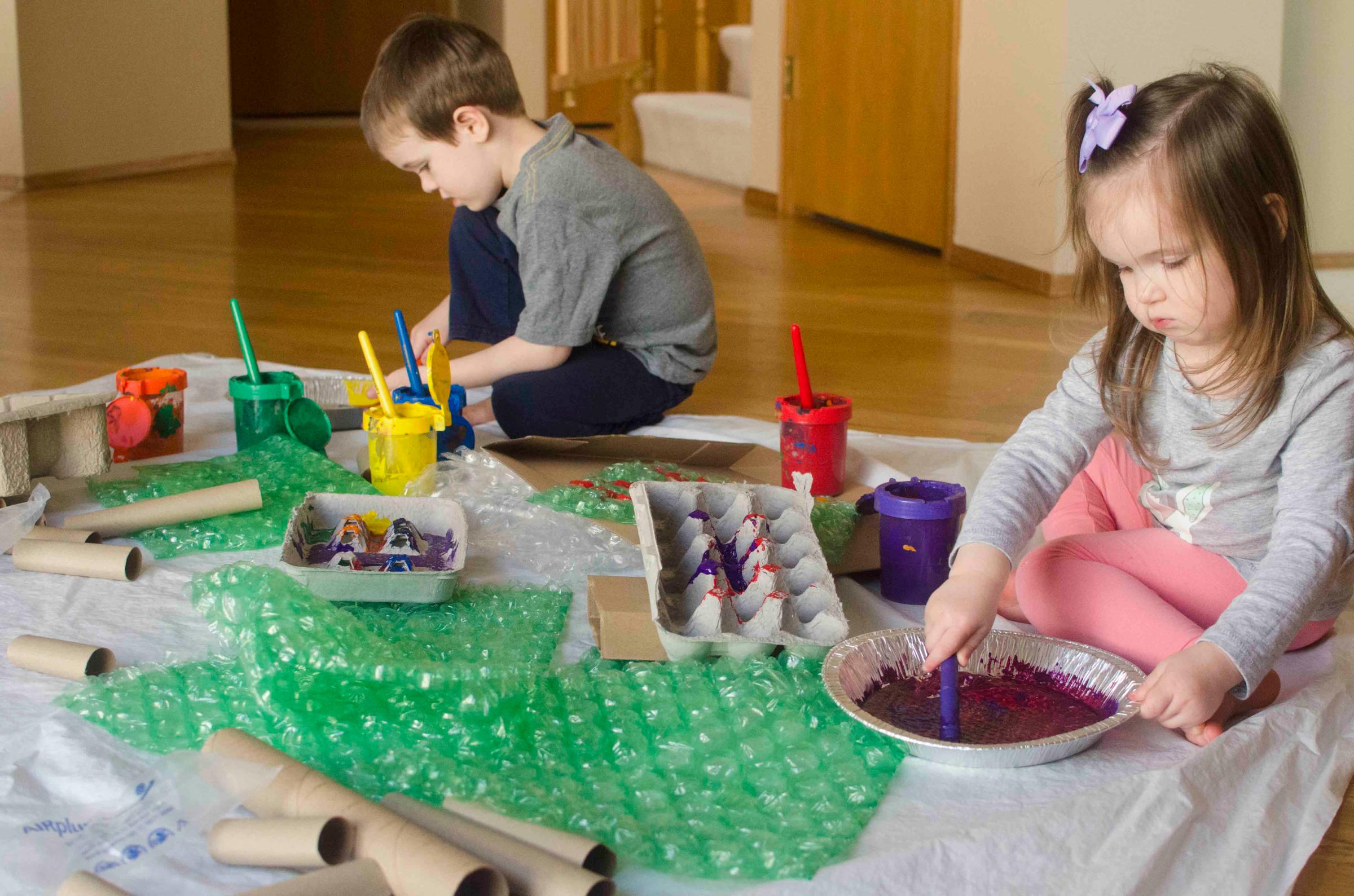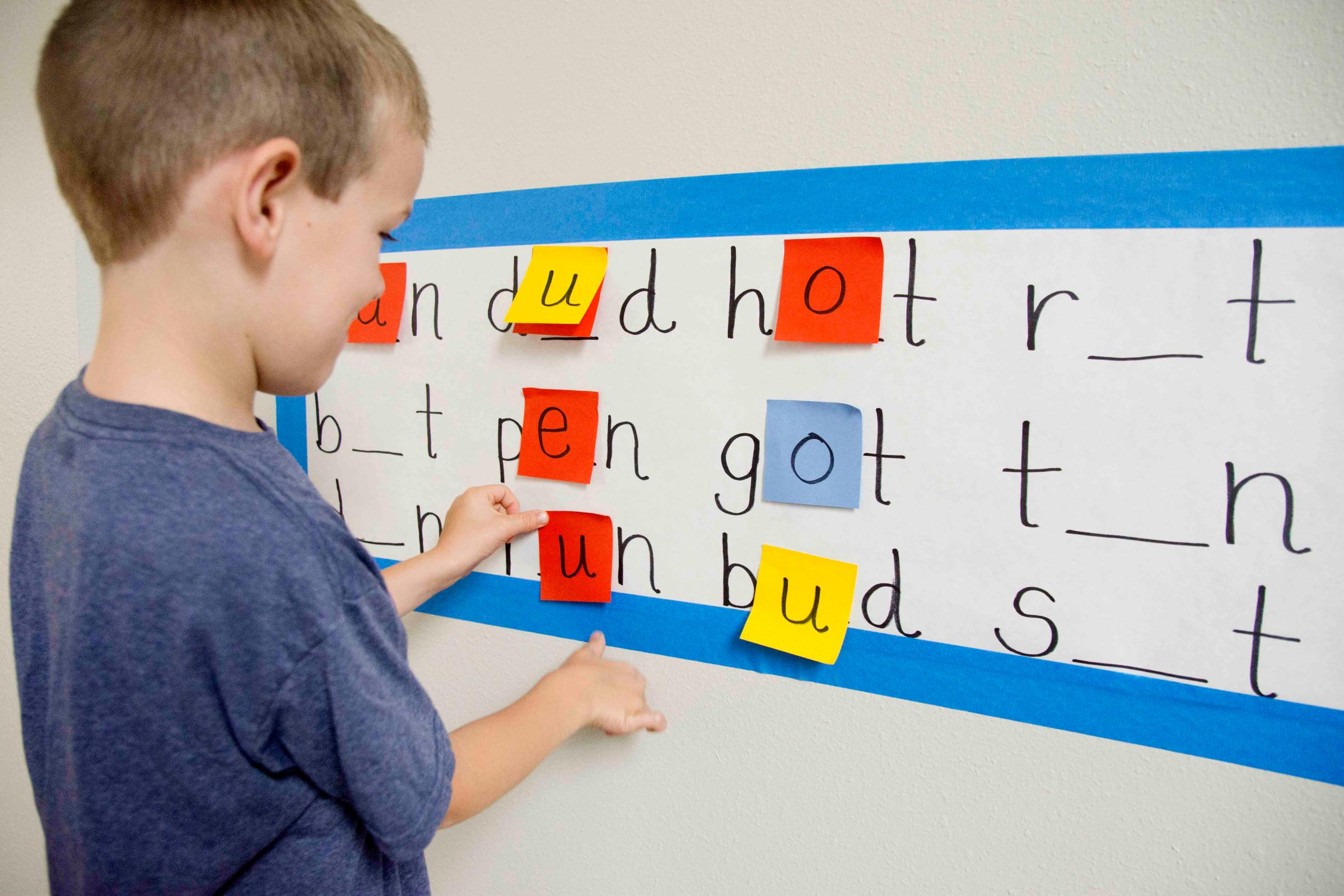
As millions of children are displaced from their schools due to the coronavirus, a sub-crisis has risen for American parents: What will the kids do all day? The widespread school closures have sent a ripple effect into parent communities as many scramble to find ways to smoothly transition kids into at-home life. It’s one thing to entertain them all day on the weekends. It’s another when you have seven days a week to fill for an indefinite period of time.
The secret is one that schools know well: Make a routine. Kids are used to following a schedule, so making a blueprint for the day will help everything fall into place. It’s a lot easier than you might think. Grab a pen, paper and actually map out how the days will look at home. The goal is to keep kids busy and learning while allowing you to get other things done too.
Here’s how to set a routine for your child:
Start with their school routine
Use school as the framework and honor what had been your child’s routine:
Dedicate time for play
Once you’ve mapped out times for things like food and school assignments, you’re ready to fill in the rest of the day, and actually carving out time for dedicated child-led play is huge for kids. When a child is imagining, creating, building or inventing, they are doing some serious learning.
In your new daily schedule, have a few 15- to 30-minute blocks (more or less time depending on your child’s age and play development) of dedicated child-led play. The more a child plays, the more they learn to play.
A few tips for effective playtime:
Schedule in some easy indoor activities
While you can just put out toys for unstructured free play, kids also get excited when parents facilitate some of the fun. Think of activities as “invitations to play.” Easy indoor activities can be a lifeline, a great way to practice school skills and a way to quietly entertain kids. These activities do not need to be complicated or take hours to set up. As you plan your schedule, think of places where an activity might be helpful to transition from one time block to the next, like after snack time or before dinner.
Here are four easy indoor activities perfect for breaking up a day:
Box Road – Flatten out a box and draw a road in marker. Add blocks, trucks and other toys for kids to build a city.
Toy-Washing Bin – Let your kids wash their plastic toys. Add tear-free bubbles, sponges, towels and other supplies.

Trash Art – Find some recycled materials and let your kids paint them. Kids love painting random objects and making beautiful creations from them.

Sticky Match-Up – Draw shapes, letters, numbers, words or math problems on sticky notes and hide them around the house for your child to find. Then have the child match them up on a “key” that hangs on the wall.

Build in reading
Study after study shows the importance of reading to kids. Being home all day is a great chance to increase that habit.
Put in reading blocks. Fifteen to 20 minutes a day is a great place to start (remember, that’s total minutes, not all at once. Break it apart). Consider structuring this reading block in a few different ways: parent reads aloud, child reads aloud (if the child can read), and family silent reading time. And if your child wants to extend a reading period, don’t worry too much about messing up the schedule. There’s no such thing as too much reading, and you can always save a planned activity for the next day.
Go to recess
If possible, add in two to three recess times for your child to explore outside. Remember that recess time is a part of school life and kids are used to a little cold and a little rain. While there is no official guidance in the U.S. on how much time to spend outside these days, some experts have recommended open spaces like parks over playgrounds, where the equipment isn’t necessarily the most hygienic. Or, if you have a backyard, let the kids run around there. Outdoor time has lots of benefits for kids – and a key one for you: If they burn off steam, they may be more tired and willing to go to sleep at night.
Make a screen time routine
If you choose to have screens available to your kids while school is closed, use them wisely, as a parenting tool.
To keep your kids from “over-indulging” on screens:
Of course even with the most perfectly planned schedule, you will still have days when you just can’t muster the energy to come up with even the simplest activity and instead let them watch another episode of their favorite show. That’s O.K too. Do what you need to do to get through that day. You’ll have your routine to go back to the next day. And the one after that, too.
More Must-Reads from TIME
- Donald Trump Is TIME's 2024 Person of the Year
- Why We Chose Trump as Person of the Year
- Is Intermittent Fasting Good or Bad for You?
- The 100 Must-Read Books of 2024
- The 20 Best Christmas TV Episodes
- Column: If Optimism Feels Ridiculous Now, Try Hope
- The Future of Climate Action Is Trade Policy
- Merle Bombardieri Is Helping People Make the Baby Decision
Contact us at letters@time.com